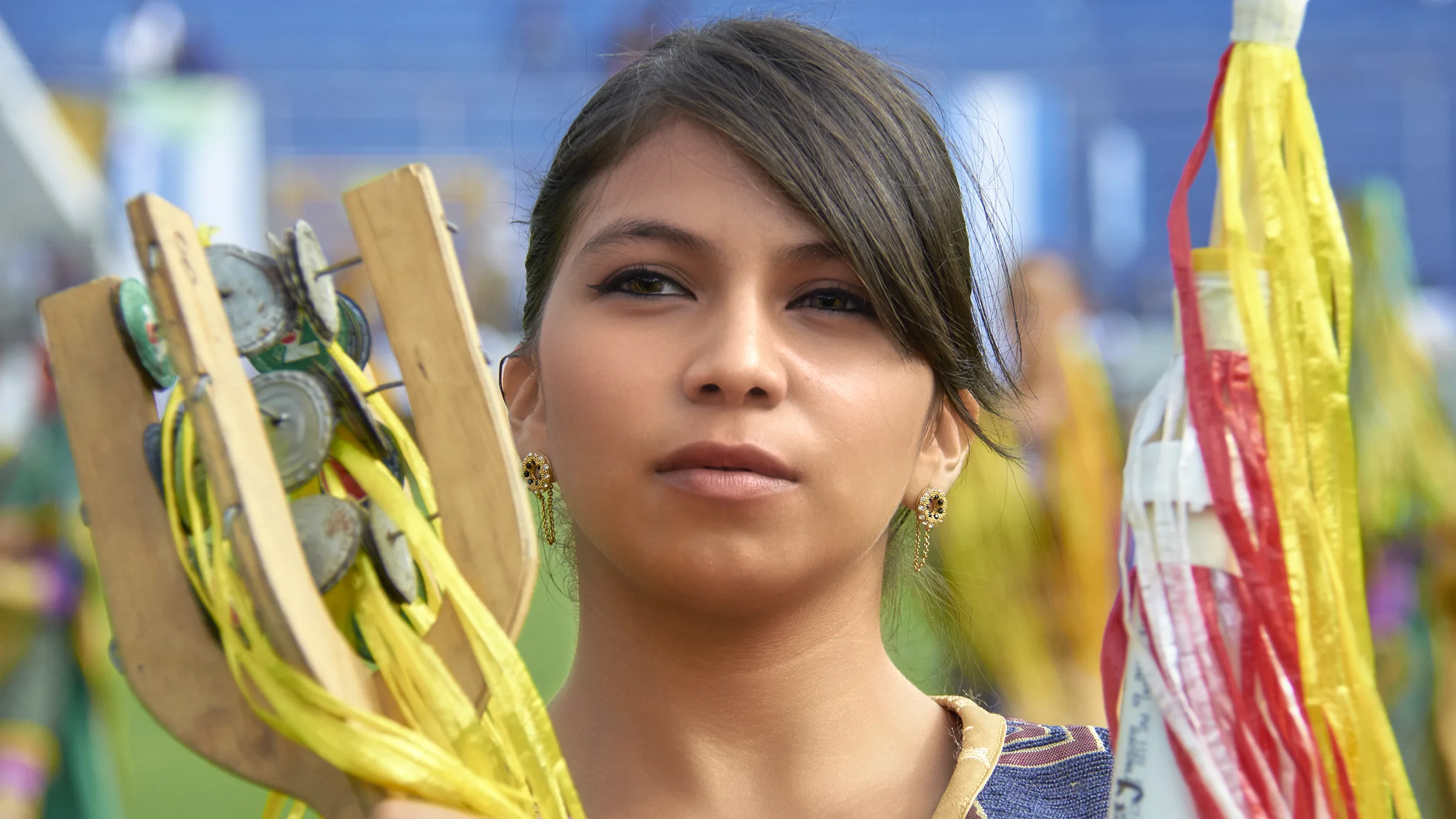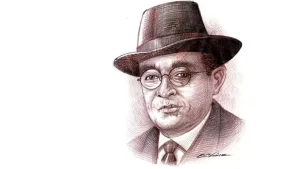Meet the Ethnic Groups of Honduras – Existing indigenous groups in Honduras

From the arrival of the Spanish colonizer to the present day, more than four centuries are counted. In the course of this time, the Honduran Indian has gone from possessor of vast resources to slave and from slave to stranger in his own land, his situation can be summarized in two words: forgetfulness and misery.
It is important that we know where we come from, who our ancestors were and where they are today, in order to know who we really are, learn to take care of our assets and convey to our children the history of our people with true pride.
The indigenous roots of the Honduran people have managed to survive miscegenation and folklore.
What is an Ethnicity or Indigenous Group?
In recent years the term ethnic group has become synonymous with ‘indigenous group’. It is said that it is a group that differs from others by sharing common ties of nationality, territory, culture, values, race or historical tradition.
Ethnicity is not a static unit, so its characteristics may vary over time. The increase of the population can generate its displacement, separation or transformation, when suffering contact with other ethnic groups.
Honduras is a multi-ethnic country
With five autochthonous groups and two ancestral ones. Many of them still preserve their customs and traditions intact.
These groups are part of biodiversity, which despite economic and political changes have maintained their way of life and vision of the world and the way they use existing resources.
See also: Ethnicity Distribution Map in Honduras
Ethnic groups of Honduras
The ethnic groups in Honduras are the indigenous groups that inhabit the Honduran territory formed since the Republic of Honduras or even before this, although some have already ceased to exist. Among them the following stand out: Lencas, Chortís, Garífunas, Islanders, Sumos, Tolupanes or Xicaques, Pesh or Payas and the Misquitos .
The autochthonous ethnic groups that historically populated Honduras, and that still exist, are:
- The Pesh or Pech
- The Tawahkas
- The Lencas
- Los Tolupanes or Tolpán (Hicaques, Xicaques or Jicaques)
- The Chortís or Maya-Chortí
- The Nahuas
The new ethnic entities that were formed after the 16th century:
- The Garífunas
- The Miskitos, Miskitus or Misquitos
- Creoles or English-Speaking Islanders
Table of Ethnic Groups in Honduras
According to the Indigenous Federations, the nine indigenous peoples and Afro-descendants that inhabit Honduras are distributed in 2,128 communities.
| Indigenous villages | Number of Communities | Population |
|---|---|---|
| Tawahka | 7 | 1,500 |
| Pech | 10 tribes | 3,800 |
| Tolupan | 30 tribes | 18,000 |
| Lenca | 2,500 | 72,000 |
| Miskito | 420 | 76,000 |
| Maya Chortí | 52 | 10,600 |
| Garífuna | 47 | 300,000 |
| Isleños of english speaking | 46 | 80,000 |
| Nahua | 18 | 19,800 |
| Total | 2,128 | 1,529,400 |
Pech Ethnicity
See The Pech ethnic group in Honduras
They live in the thick mountains of the Río Plátano. Little is preserved of their traditional music. The elderly jealously guard the secrets of their music and their language.
The Pech are located in the departments of Olancho, Colón y Gracias a Dios. They occupy the central region of the Honduran Mosquitia and the northeast of the department of Olancho.
Until the last half of the seventeenth century, they occupied the entire region between the Aguán, Patuca and the sea rivers; they owned the coastline of the Caratasca region up to Cabo de Gracias a Dios, on the Nicaraguan border.
Tawahka Ethnic Group
See The ethnic group of the Tawankas in Honduras
The Tawahkas or sumos, as they are also called, are one of the indigenous groups that inhabit inland of the Miskito coast live the Tawahkas. Most of them in the village of Krausirpi , located on the banks of the Patuca River in the heart of the Honduran jungle.
The Tawahkas of Honduras are a small group. Historically and culturally, they are an ethnic group that has endured the Miskito influence, although they have adapted many of their cultural patterns, they still retain elements of their own culture that make them stand out as an indigenous people.
Among the characteristics that they maintain is the language, its social relations and its characteristics of production and mutual solidarity. The first contact they had with the Spanish was in 1604.
The Tawahkas or sumos were one of the largest indigenous groups in Central America during the colonial period. They extended south from the Río Patuca in Honduras, through the central highlands of Nicaragua, to the Río Rama. Colonial documents indicate that they were the dominant group in this area for at least four centuries.
During the colonial period, they were forced to retreat towards the interior of the country, before the bellicosity and intransigence of the Misquitos or Zambos; that’s how they settled in the central region. The Tawahkas appear to be closely related to the Miskito.
There are many sociocultural traits that resemble them and language is one of those elements.
Lenca Ethnic Group
Upon the arrival of the Spaniards, they found the Lencas Indians made up of the Care, Cerquen, Poto and Lenca groups.
Currently, their descendants inhabited the departments of Intibucá, La Paz, Lempira and the south of Santa Bárbara, center and south of the department of Francisco Morazán, and the department of Valle, where they border the Lencas of the Republic of El Salvador.
The generalization of the name Lenca to designate these indigenous people was made by the well-known traveler and researcher EG Squier, who in 1853 heard that the Indians of Guajiquiros called their language Lenca.
During the Spanish conquest, the Lenca people offered a tenacious resistance, with Cacique Lempira being their greatest exponent of the defense of their people, their land and their culture.
The Lenca language became extinct in the last decades of the last century and the first of the 20th century, today only a few words that their parents or grandparents heard are remembered, but the living language has ceased to exist.
All Lenca Indians speak Spanish as their mother tongue, although their way of expressing themselves in syntax, mix and tone is that of the lost language.
Tolupán or Tolpán Ethnic Group
They are known as Xicaques, but their authentic name is tolpán, although they are known as tolupanes; the term xicaque was used by the colonizers to refer to the different rebel groups in Taguzgalpa.
The Xicaque or Tolpán people are located in the department of Yoro precisely in the municipalities of Morazán, El Negrito, Victoria, Yorito, Yoro, Olanchito and in the department of Francisco Morazán, in the municipalities of Marale and Orica connected by highways without pavement, bridle paths and sidewalks.
The lands occupied by the Tolupán people are 60% forestry, 30% livestock and 10% agricultural.
In the highest parts of the Yoro mountains, they currently form the Federation of Xicaque Tribes of Yoro with 29 Tribal Councils and two that have not yet joined this structure, such as the El Hoyo tribe and the Western Mountain Zone. of the Flower. Its approximate population is 18,000 people.
Chortís or Maya-Chortí Ethnic Group
See The Chortís Ethnicity in Honduras
Historically, the Chortís of Honduras were located in the department of Ocotepeque, Copán and a narrow strip of the north of the departments of Cortés and Santa Bárbara.
Its geographical area possibly extended to El Salvador in the south, passed through the city of Chlquimula in the west and reached the Golfo Dulce in the north and extended many kilometers west of the current town of Copán Ruinas.
Currently most of these indigenous people are located in Guatemala, Chiquimula (Jocotán, Esquipulas, Quetzaltepeque, among others) and the department of Zacapa, La Unión; reaching a population of 60,000 people.
The Chortí population in Honduras is located in areas of difficult access such as Chonco, Colón, Jubuco, San Rafael, Tápeseos, Carrizalón and La Laguna in the municipality of Copán Ruinas and the municipality of Santa Rita, department of Copán; as well as the municipalities of Antigua Ocotepeque, Nueva Ocotepeque and Sensentí in the department of Ocotepeque.
The Chortí population in our country is about 8,000 inhabitants located south of the department of Copán. Currently they are considered as peasants of Chortí tradition and coexist with the mestizo population. The Chortí area, with Copán as a cultural center, was the seat of the civilization of the ancient Mayan Empire.
Nahua Ethnic Group
See The Nahua ethnic group in Honduras
As an indigenous people, it has historically been subjected to the process of acculturation, which is why it does not currently retain its language.
Some of their ancestral and cultural traditions are carried out on special dates of celebrations, sometimes related to the Catholic and Evangelical religions that they practice. They preserve some typical foods and drinks from corn and teosinte.
The Nahua people are located in the department of Olancho, in the municipalities of Catacamas, Gualaco, Guata, Jano and Esquipulas del Norte.
Garífuna Ethnic Group
See The Garífuna ethnic group in Honduras
They have formed about 47 communities in the departments of Cortés, Atlántida, Islas de Bahía, Colón and Gracias a Dios.
They have a population of 350,000 inhabitants including population groups settled in San Pedro Sula and Tegucigalpa. They are also found in Belize, Guatemala, and Nicaragua.
Most of the Garífuna communities are located in coastal areas close to the urban areas of Puerto Cortés, Tela, La Ceiba and Trujillo. A large number of them are communicated by sea in small boats, roads, sidewalks and the beaches.
According to Ruy Galván, during the 17th and 19th centuries, various contingents of blacks arrived in Honduras. However, two large groups of highly representative Afro-Caribbean blacks are currently identified: the Garífunas and the English-speaking Negroes.
The latter were mainly located in the Bay Islands, La Ceiba, Atlántida with their own cultural peculiarities. Most of them were brought from Africa as slaves by the English to work originally in Jamaica and Grand Cayman, their approximate population is 20,800 inhabitants.
The Garífuna, who in their mother tongue are called Garinagu, which in Castilian means “Black Caribs”, have their origin on the Island of Yurumain, also known as San Vicente, in the Lesser Antilles off the coast of Venezuela.
Miskito or Miskitus Ethnic Group
In 1996, 36,000 Miskitu inhabitants were registered with the highest concentration in Brus Laguna, Puerto Lempira and the recovered area in the department of Gracias a Dios. They are currently located in Honduras and Nicaragua.
In Honduras, in the northeastern region known as The Mosquitia, which runs from the mouth of the Tinto or Negro river, mainly in the department of Gracias a Dios. Currently, a population of 75,000 inhabitants is estimated, according to information provided by representatives of the area.
The origin of the Mlsquitu people is currently under discussion among scholars of the subject.
From the pre-colonial era, almost nothing is known about this ethnic group whose relationship with the Misumalpa linguistic family of Macrochibcha origin (like the Pech and Tawahkas) suggests a South American origin.
The first historical data are from the seventeenth century and refer to the mixture of the same myths with shipwrecked African slaves, free blacks and Europeans. Product of alliances with British merchants and buccaneers against the Iberian authority, which led to the population expansion along the coast and the cultural fusion between the Mismitos, Zambos and Táwiras.
According to the miskiwat (center of Miskita culture) the antecedents of this people are found in the Táwira tribe (hairy or long hair), who had an open society that facilitated mixing with other European human groups and other local groups from which the misquitu arose.
What’s more
- Get to know the Ethnicities and Indigenous Groups of Honduras
- Map of Ethnicities and Indigenous Groups in Honduras



